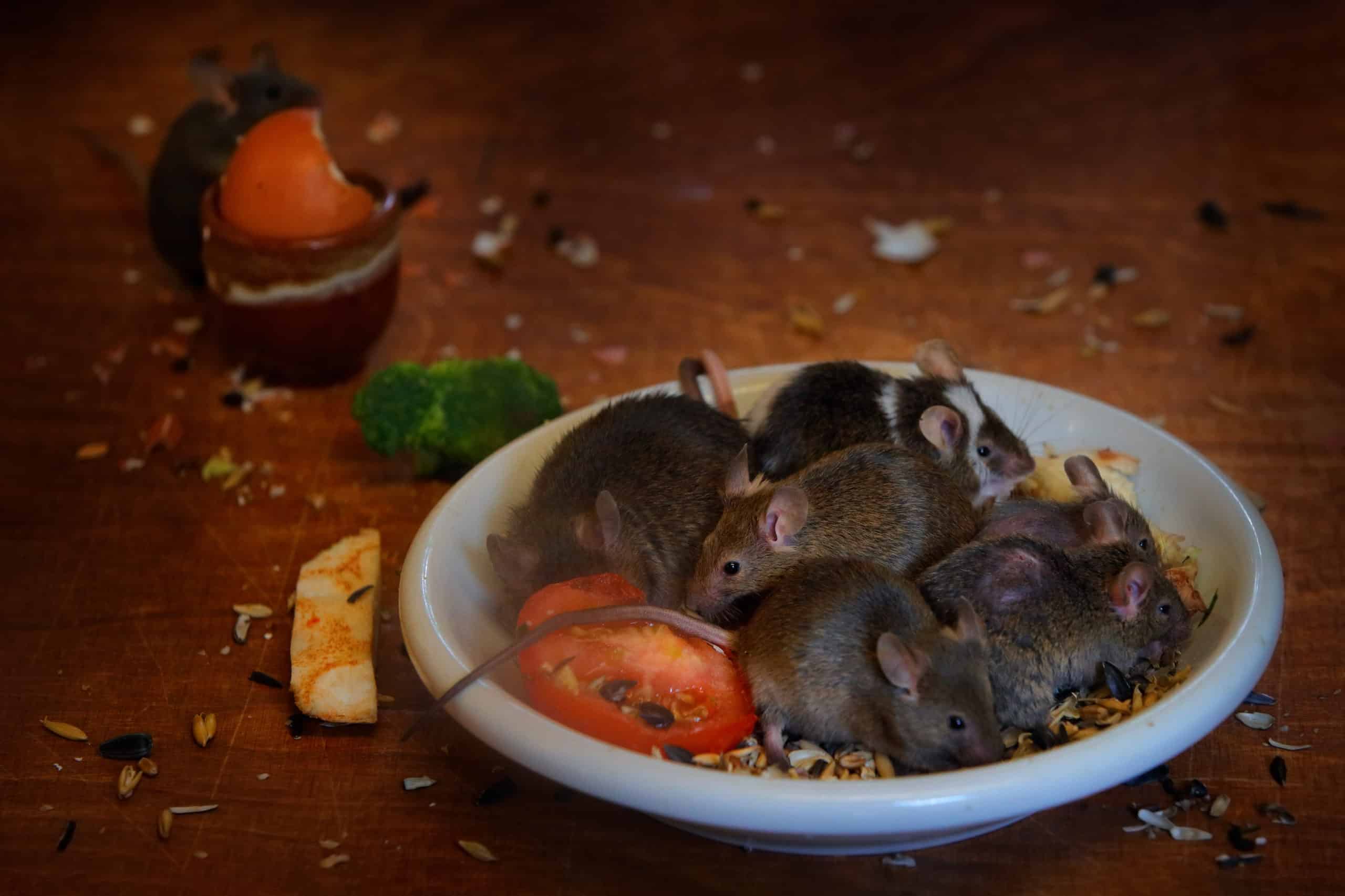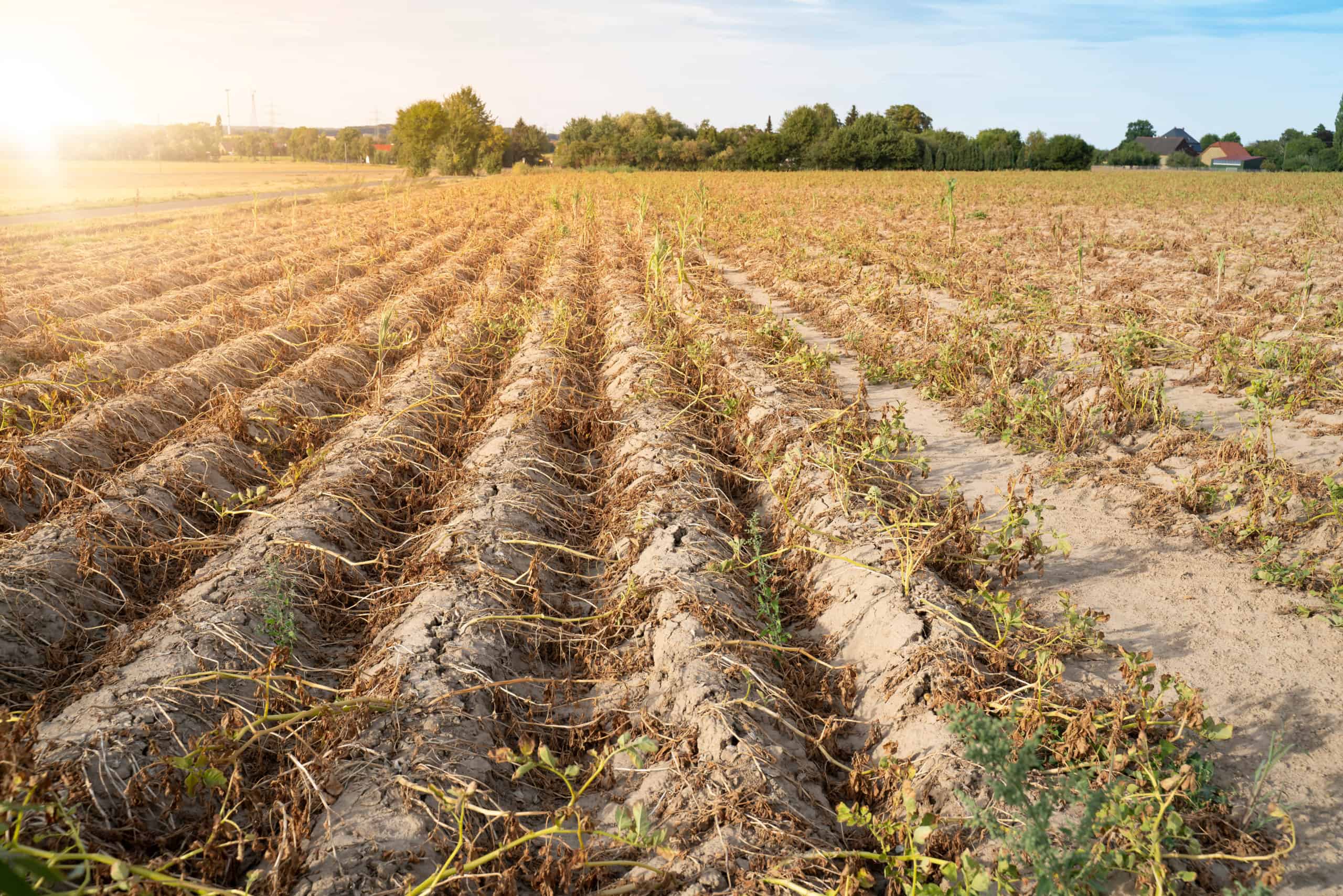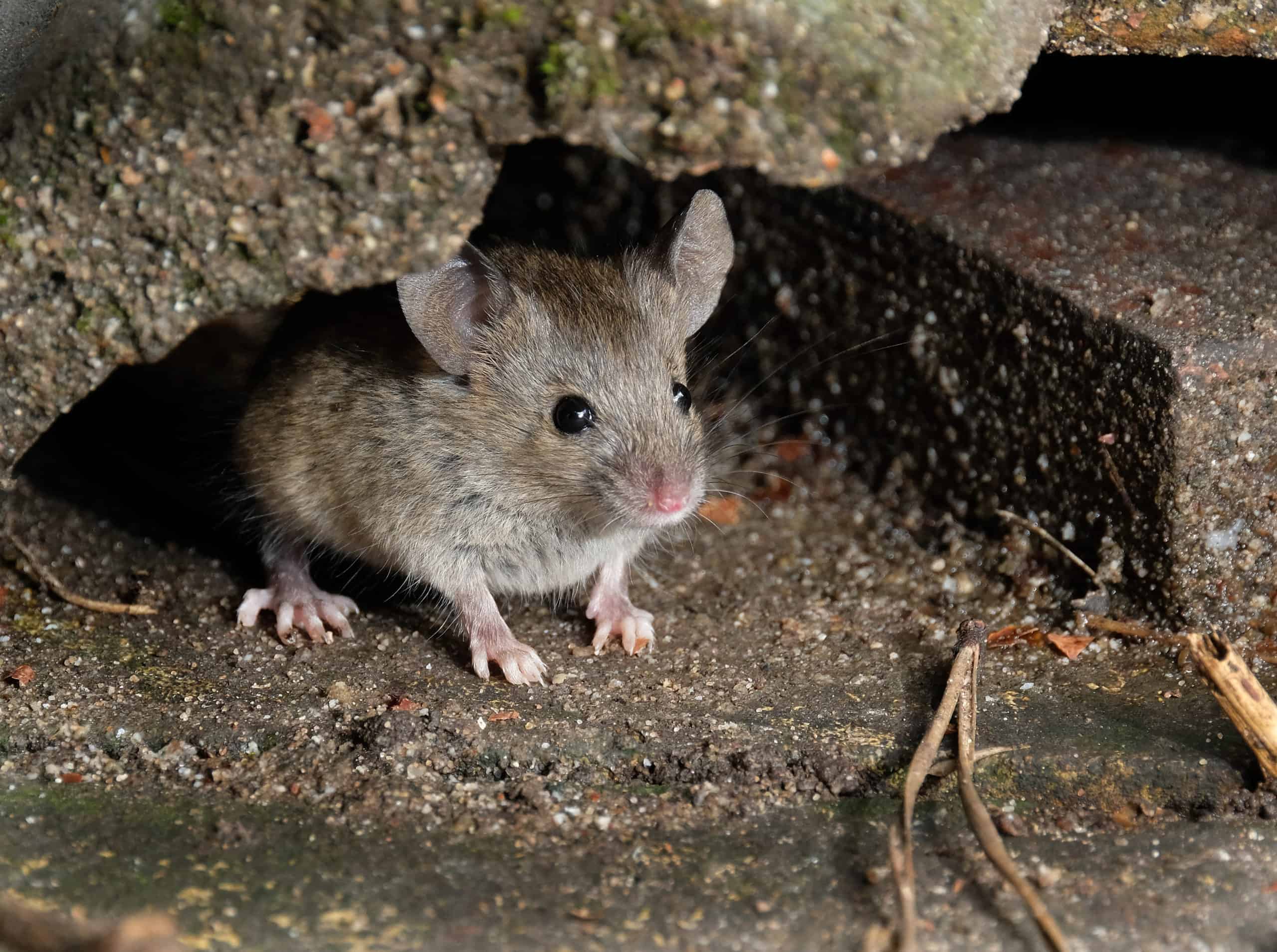Australia’s Mouse Plague
Australia’s Mouse Plague
“The Ground Just Moves with Mice”
“Everywhere I walk, there are mice underfoot here,” exclaimed CNN Producer Angus Watson as he walked through the barn of local farmer Michael Payten. Mice littered the ground, bounding in and out of haystacks, scuttling around the farm equipment, and huddling in corners creating dark, moving masses. Unfortunately, Mr. Payten’s farm is not alone in suffering this massive rodent invasion. Rural parts of New South Wales just outside of Sydney in Eastern Australia, have suddenly been overrun by these nasty, destructive pests. “You can be in bed at night and you can actually hear them running around the bedroom… and you hear them rustling as they’re running across the pillow… it’s just unsettling…” describes local farmer Lisa Minogue as she cringes. “They’re getting into kitchen cupboards and eating the food. They’re also eating furniture! People have gone away and come back, and their lounges have been destroyed.” Feces and other mouse excrements are being found daily in the beds of locals, in their kitchens, and on all surfaces, leading to a massive health hazard. “To be living every day with mice, just makes you feel dirty,” says local Melanie Moeris. “It has been constant, it hasn’t let up,” adds Brody Roche, “the ground just moves with mice.”
Why is This Happening?
In New South Wales, three years of drought was utterly crippling for their agriculture, wildlife, and economy. Luckily, in 2020, the drought finally broke, bringing rain and relief to the farmers and other locals in the area. However, what seemed like a blessing initially, turned into a catalyst for the coming plague. The new rainy weather provided a burst of success for crops, but also drew mice out from hiding and, with such an abundance of fresh crops to feast on, their population rapidly began to explode. Local farmer and agronomist Martin Murray commented on the matter, stating that, “things have suddenly got so good so quickly… rapid breeders like mice are really able to capitalize on that situation… it’s going to take a while for the rest of the ecosystem to catch up and balance it out.” According to Australia’s National Science Agency a single female mouse can produce up to 500 offspring in a breeding season with new litters being born roughly every three weeks. This massive reproductive potential paired with the access to loads of food and the fact that the area is currently lacking in natural predators, led to this massive explosion of rodents. 
A Threat to Livelihoods
The havoc that this plague of mice has brought upon the local population seems to know no bounds. Not only was there a devastating loss of crops with the losses of many farmers ranging from between $30,000 – $50,000, but homes and businesses have been utterly destroyed. “We’re back to where we were nearly in the middle of the drought and lost a lot of money and heartache in between,” commented a local farmer. “This is Australian farming life, but it’s getting harder and harder… each year… to keep going…,” he says while choking up a bit between his words. The rodents have chewed through a tremendous amount of wiring in the area – taking out electricity, ruining appliances such as fridges and microwaves, dismantling cars and other machinery, and even leading to some electrical fires. Unfortunately, the devastation has been too great for some locals to recover from it. “The drought took us down a very deep hole and we’re all just climbing the ladder one rung at a time, and some, unfortunately, may never ever get back to where they’re financially viable,” says local Melanie Moeris. Along with the financial blows these rodents have caused, they have also posed a tremendous risk to the health and safety of the locals. Mice are known for spreading a variety of extremely detrimental diseases including Hantavirus Pulmonary Syndrome, Lymphocytic Choriomeningitis, Rabies, Hemorrhagic Fever with Renal Syndrome, and more. As mice scurry through homes, they defecate, urinate and leave behind salvia, contaminating everything they touch. Coming into contact with these rodent excrements, or even direct contact with the rodents themselves, can lead to contracting a rodent-borne disease. According to the World Health Organization (WHO), vector-borne diseases such as these are responsible for roughly 17% of all infectious diseases and over a million deaths worldwide each year. But, unfortunately for those in New South Wales, live mice are not the only ones that are creating a biohazard… the numbers of mouse carcasses littered throughout the area is utterly alarming. “There’s the smell of the live mice, but then there’s the smell of the dead and decaying mice and it’s just horrific, it’s horrible,” exclaims Lisa Minogue. Many videos have surfaced of locals scooping up shovels full of the dead, rancid, tiny corpses and depositing them in large garbage bags to remove them from their property. 
Mass Mice Control
This Australian plague is a huge reminder to the world about how devastating mice infestations can truly be. In their desperation, farmers have spent thousands of dollars investing in bait, traps, and other attempts at mouse control. “We have mouse traps set in the house, we have bait stations set up outside the house, but that’s only catching a portion of the mice that are still running around,” explains the clearly distraught Lisa Minogue. Local authorities have recently pledged 50 million dollars towards efforts to combat the plague of mice. However, with so many attempts falling short due to the staggeringly overwhelming population of mice, many are unsure of what steps to take next. One proposition involves the use of very strong pesticides aimed at killing the mice. However, this raises a myriad of concerns regarding the potential risks to the lives of all other local wildlife as well as concerns for the locals and the potential that the powerful chemicals could taint the food from the farms and make the soil inhospitable for future crops. Wildlife, public health, and pest control organizations across the world are waiting with bated breath to see how Australia tackles this shocking plague. Ultimately, this will be an important learning opportunity that can help set a precedence for any future rodent plagues that may occur, and may even help us figure out ways to avoid other such infestations altogether. 
Citations
Health Hazards Posed by Rodents (2014) Pest World. National Pest Management Association. Available at: https://www.pestworld.org/news-hub/pest-health-hub/health-hazards-posed-by-rodents/ (Accessed: June 2020). Mouse plague deals fresh blow to Australian farmers (2021) BBC News. Available at: https://www.bbc.com/news/av/world-australia-57225103 (Accessed: May 26, 2021). Rodents (2010) Centers for Disease Control and Prevention. The National Center for Emerging and Zoonotic Infectious Diseases and the Division of High-Consequence Pathogens and Pathology. Available at: https://www.cdc.gov/rodents/index.html (Accessed: January 27, 2021). Vector-borne diseases (2020) World Health Organization. Available at: https://www.who.int/news-room/fact-sheets/detail/vector-borne-diseases (Accessed: April 30, 2021). Watson, A. and Devitt, P. (2021) Australia plans to end its mouse plague with poison, CNN. Available at: https://www.cnn.com/2021/05/20/australia/australia-mouse-plague-dst-intl-hnk/index.html (Accessed: May 26, 2021).
Request a Free Quote Today
(We do not share your data with anybody, and only use it for its intended purpose)


